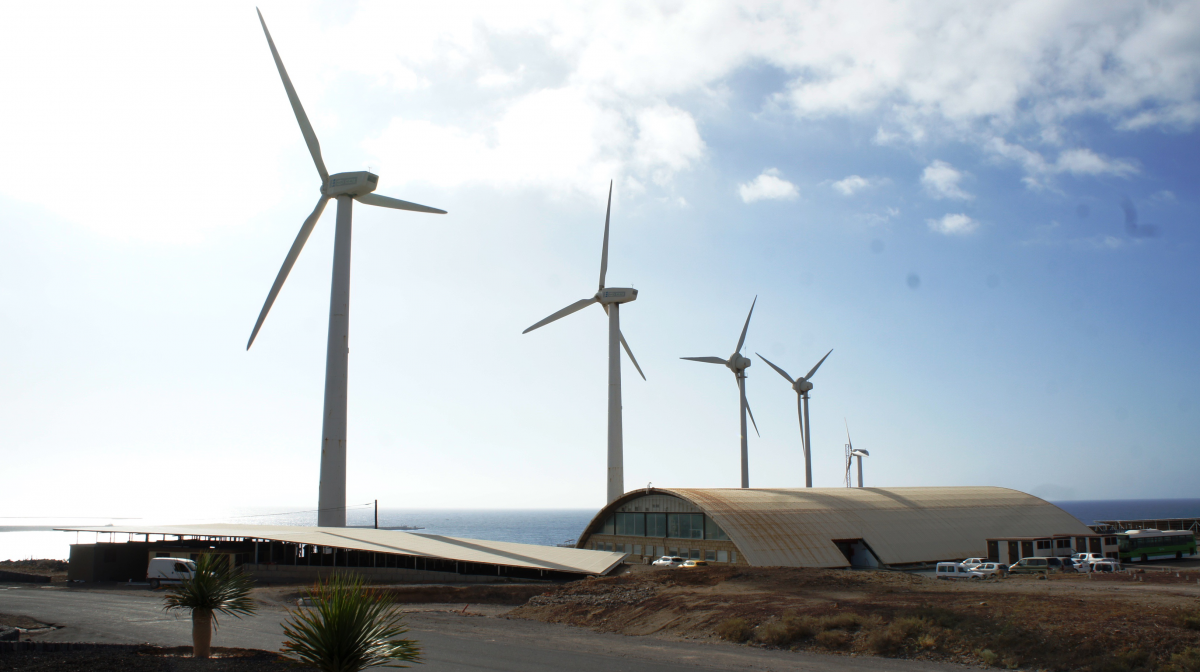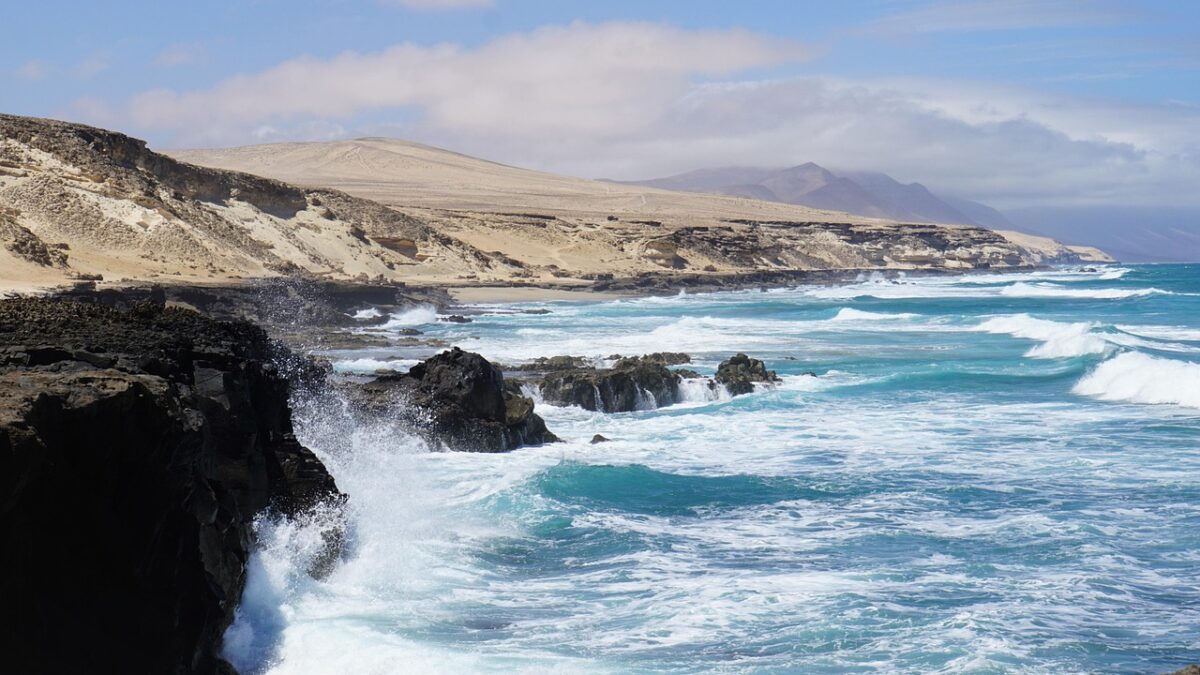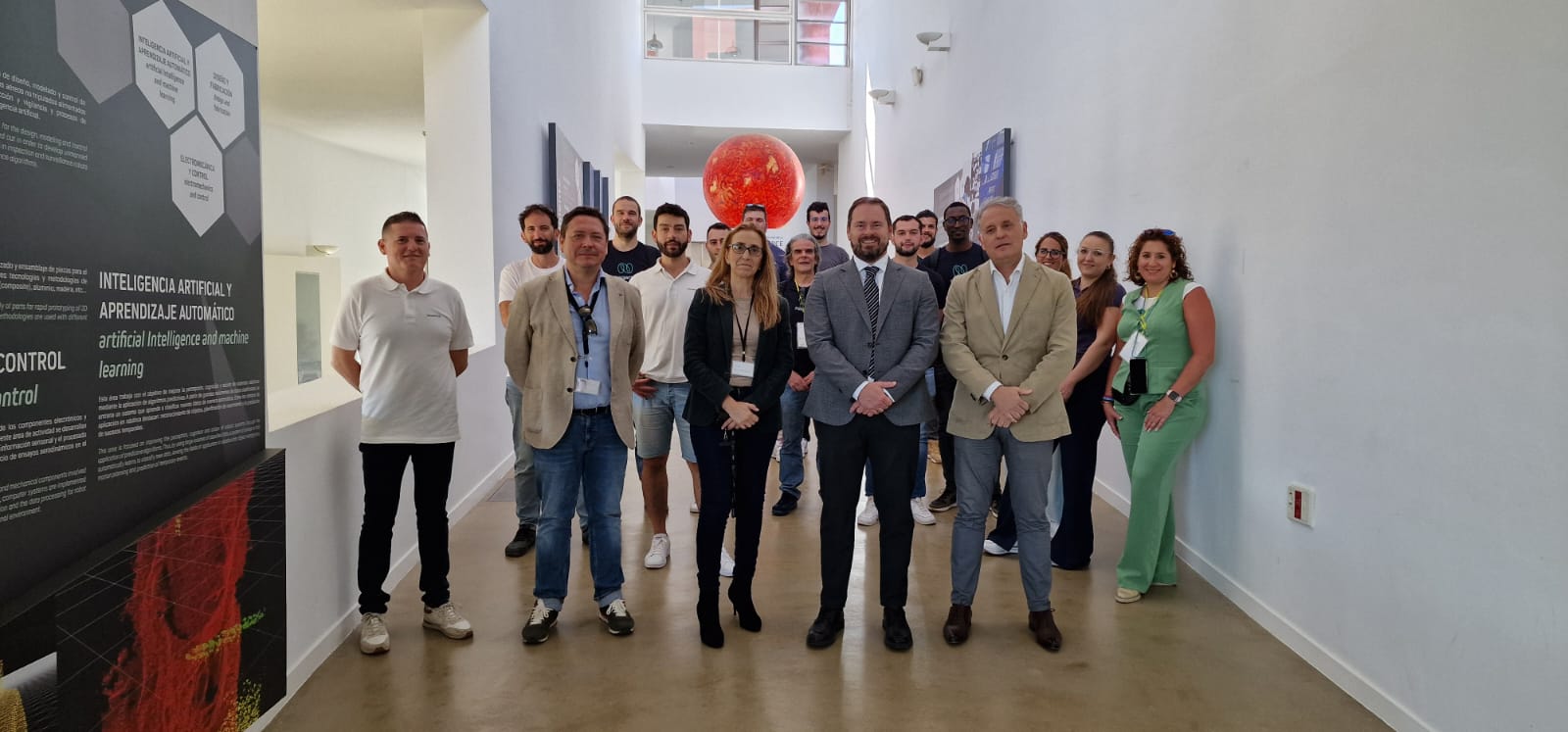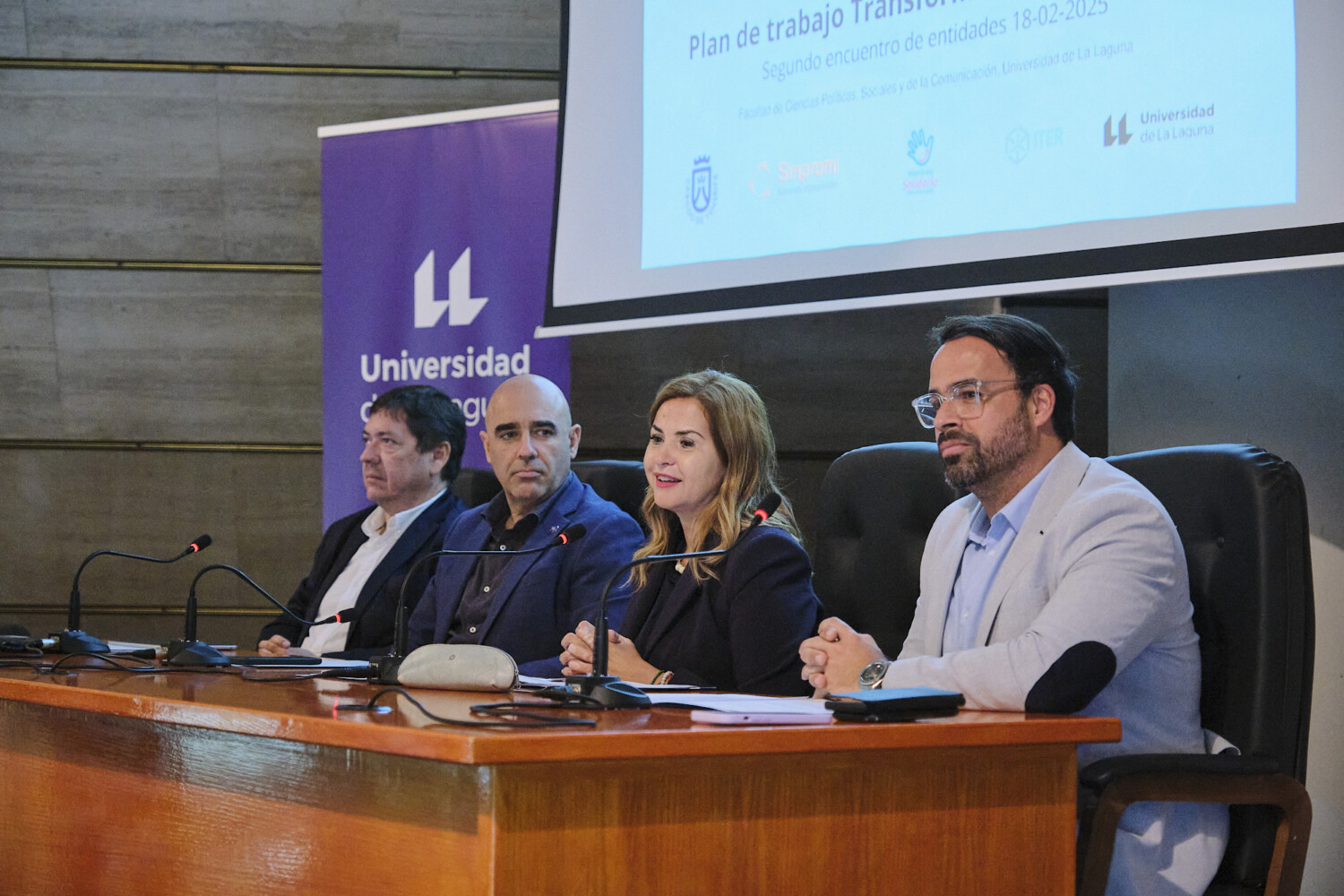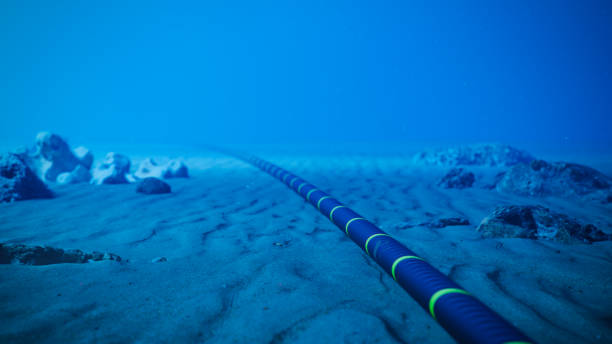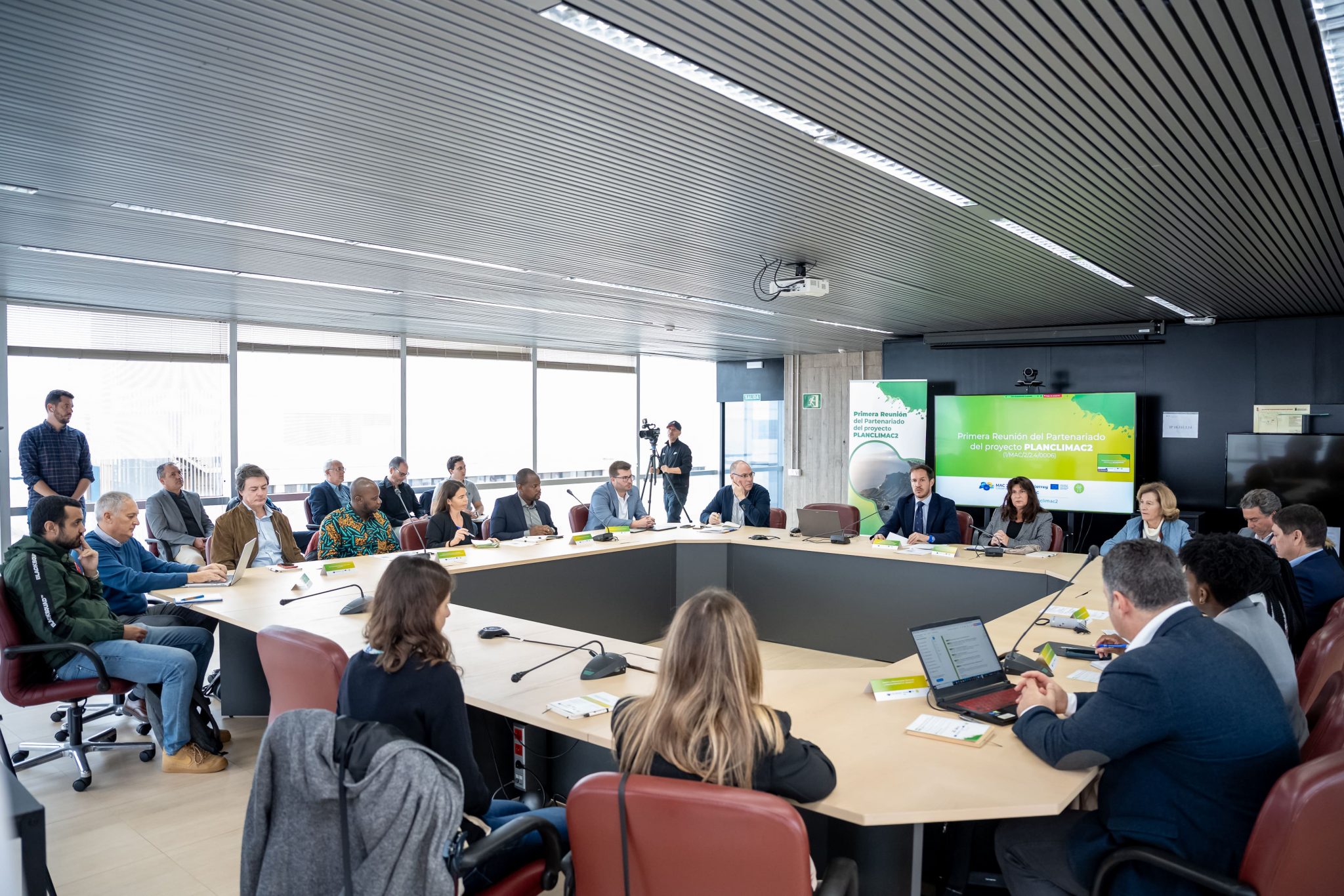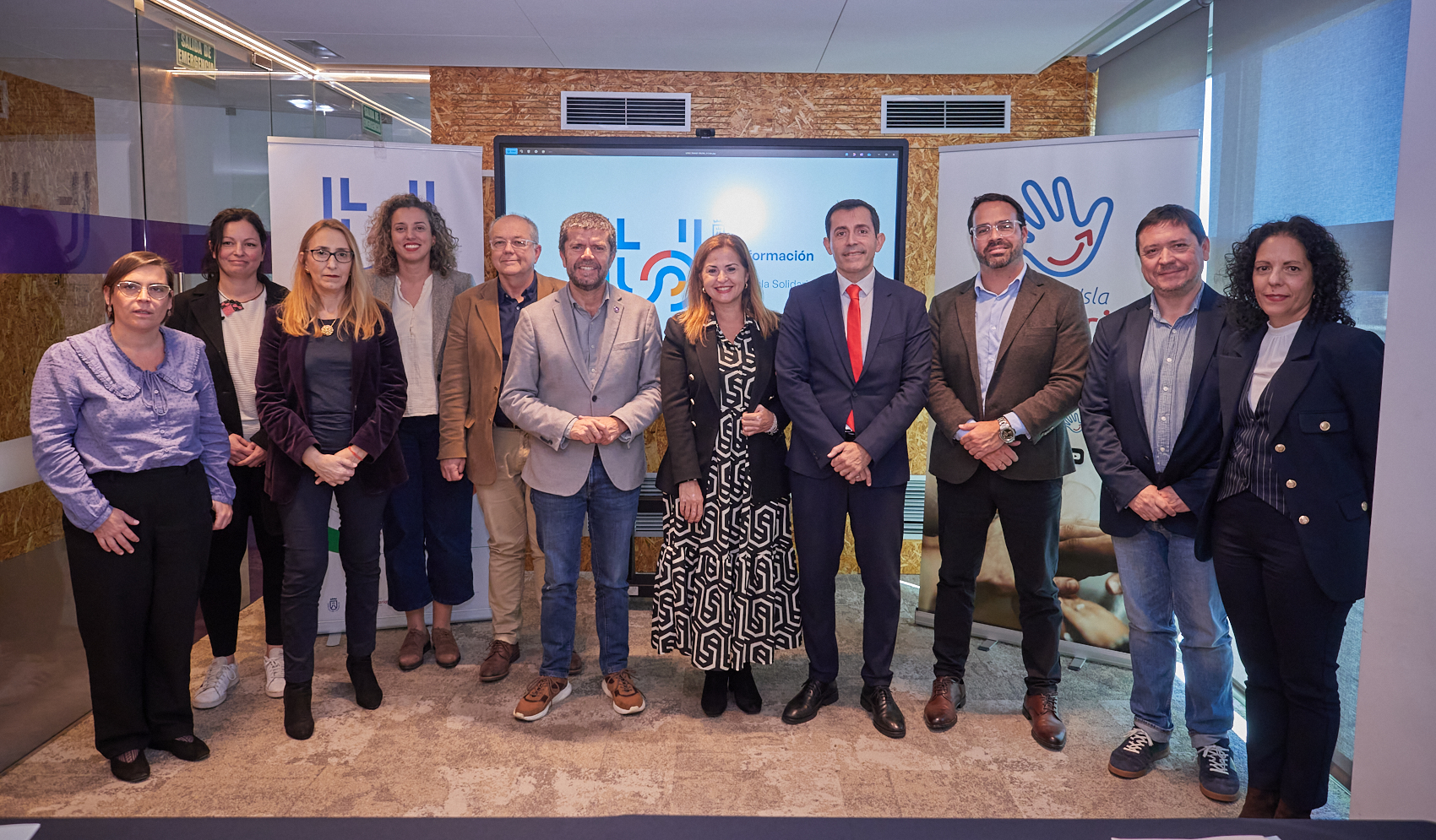Smart Electrical Grid Management with Renewable Energy Generation Estimation based on High-Resolution Mesoscale Models.
Data
Acronym: GRIDER
Reference: RTC‐2017‐6409‐3
Partners:
- Instituto Tecnológico y de Energías Renovables (ITER) – Project coordinator
- Universidad de La Laguna (ULL)
Duration: 39 months (from 10-1-2018 to 12-31-2021)
Fundable Budget: 865,385.00 €
Grant: 217,128.99 €
FEDER Refundable advance: 210,277.25 €
Loan: 0.00 €
Own contribution: 270,031.86 €
Financing: Call for proposals Challenges-Collaboration 2017. State Programme for Research, Development and Innovation Oriented to the Challenges of Society. State Plan for Scientific-Technical Research and Innovation 2013-2016.

Project Overviw
The GRIDER project has been designed with two research objectives and a third, more development-oriented objective. The first research objective is to provide the maximum amount of meteorological information possible, with the highest quality allowed by current techniques, and to assess its implications for renewable energy resources.
Although the scientific interest of this type of study is clear, the social and economic interest that these results may have is even more decisive. One of the main aims is to contribute to the generation of meteorological information with the appropriate spatial and temporal resolution, in order to make it available to all those social and economic agents who require it. In addition, the information from the models used to carry out the meteorological regionalisation will be translated into those data or variables that are of direct interest to these agents. Thus, beyond the typical variables obtained from the simulations, such as temperature, precipitation, wind, etc., useful information will be generated for the estimation of renewable energy resources.
On the other hand, research is also being carried out into techniques that help to resolve one of the most pressing needs of today’s society, which is to reduce the consumption of fossil energy, since its use produces the emission of gases that pollute the atmosphere and are toxic to life, depleting reserves in the short or medium term, and when used they pollute more than other products that could have been used instead. Yet our entire economy is based on massive consumption of fossil energy: energy from coal, oil and natural gas accounts for 88% of total primary energy consumption. The use of fossil fuels as a source of energy needs to be phased out. In this project, information technologies are seen as an essential part of meeting these two needs. In this context, Smart Grids are a form of efficient electricity management that uses information technology to optimise distribution.
Finally, the development of products and services that make use of the large amount of information obtained from the results of the previous objectives is proposed. The purpose of this development is to have end-user oriented products.
The Consortium that will develop the GRIDER project is made up of the Instituto Tecnológico y de Energías Renovables, S.A. (project leader) and the University of La Laguna, which participates through the Simulation Group of the ULL and the Group of Earth and Atmosphere Observation (GOTA).
The weather forecasts made with the TEIDE-HPC supercomputer are published daily on the TEIDE-HPC YouTube channel at: https://www.youtube.com/user/teideHPC
Links of interest:


